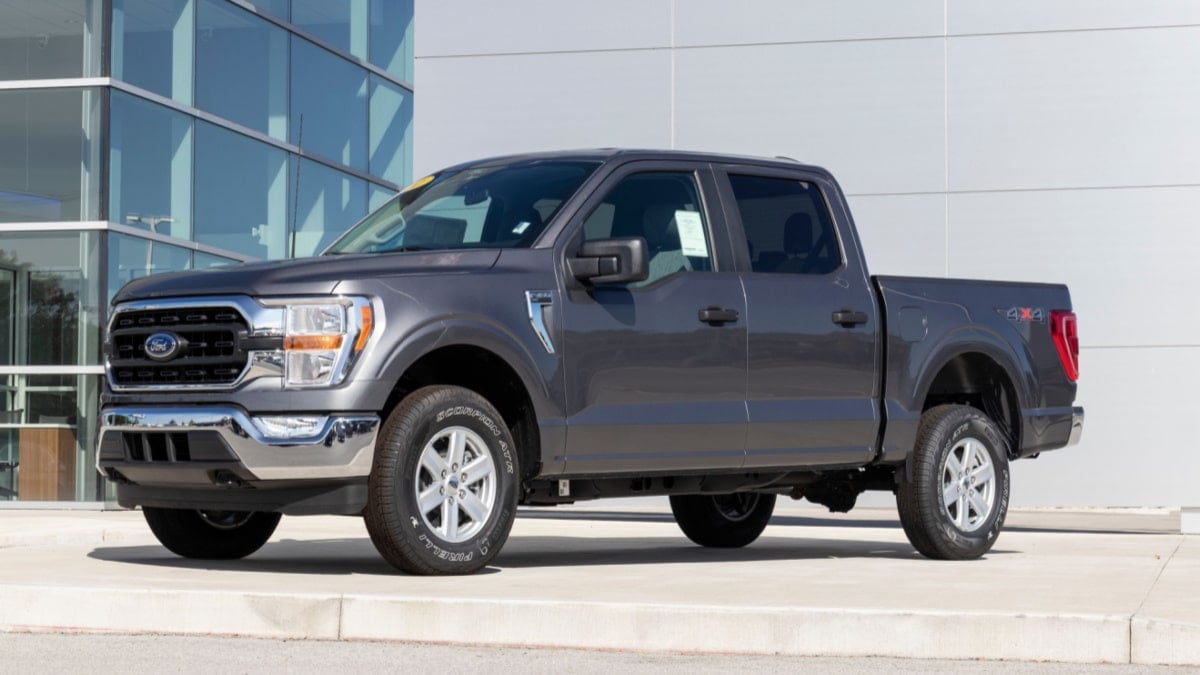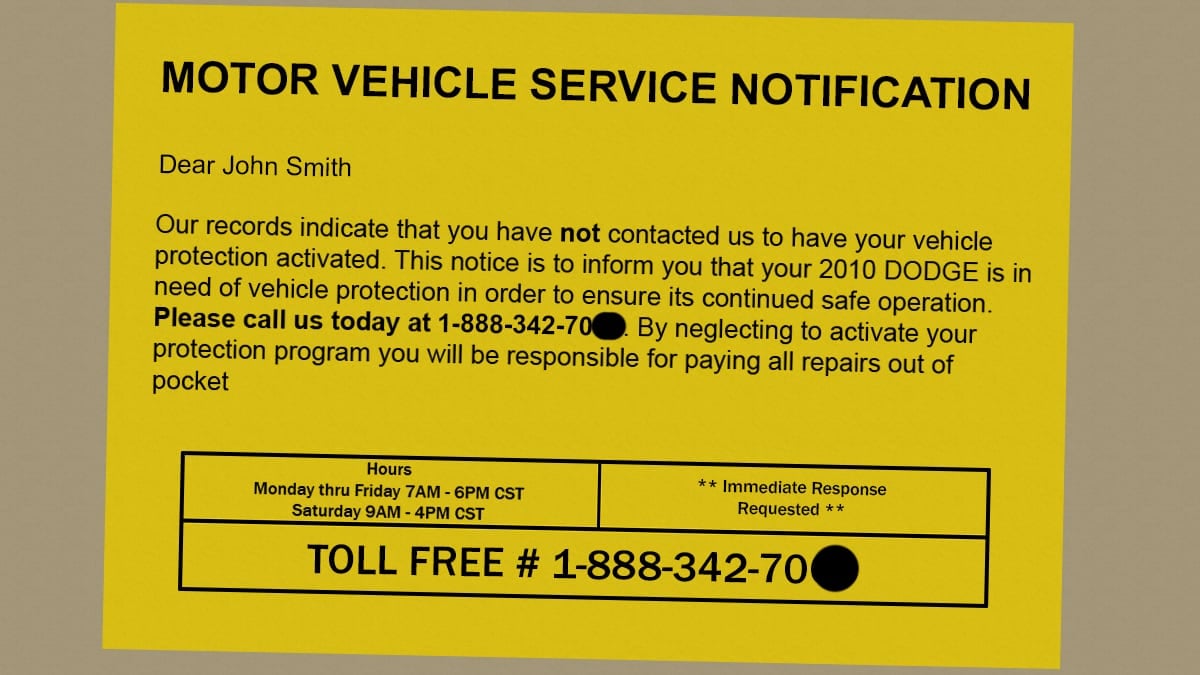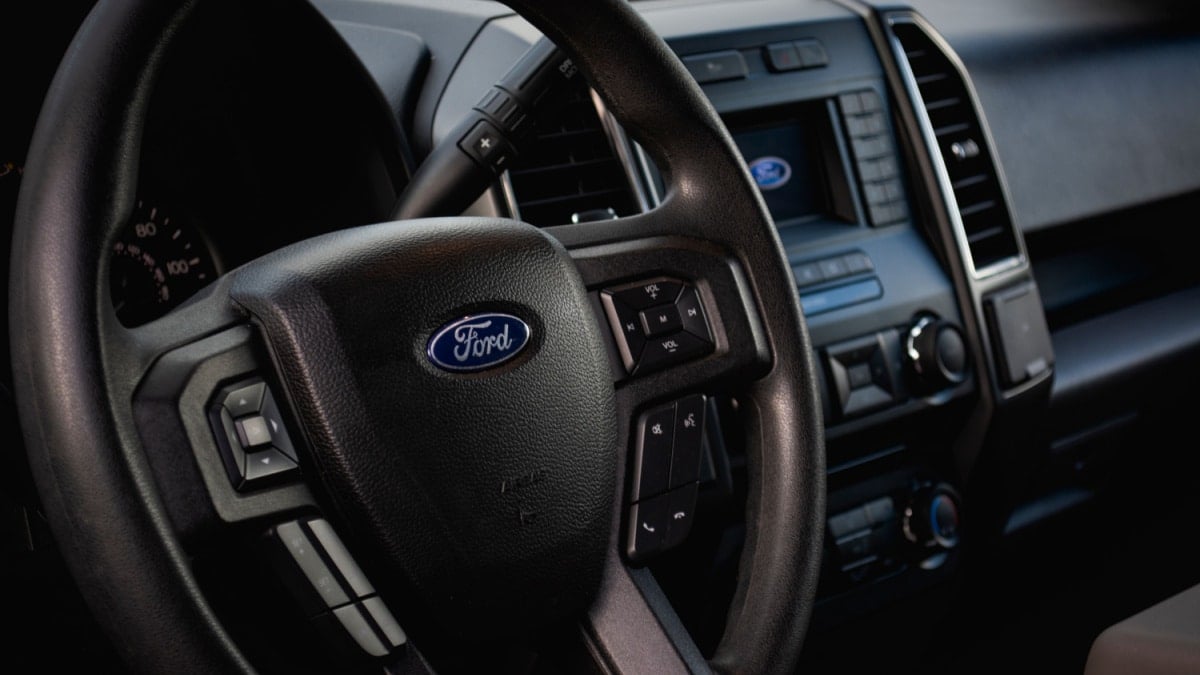Ford F-150 trucks have a variety of specs that are important to know. One such aspect that many consumers want to know about is the curb weight. How much does a Ford F-150 weigh?
When discussing the 2022 Ford F-150, the curb weight is between 4,021 and 5,740 pounds, depending on the configuration. The 4×2 F-150 with the 3.3-liter Ti-VCT V6 engine weighs the least, while the F-150 Raptor with a 37 Performance Package, 4×4 and 3.5-liter EcoBoost V6 is going to weigh the most.
In this guide, I cover the reason you may want to know more about the curb weight, even if you don’t think it’s important. I also illustrate where you can find the curb weight so you know the exact specification for your truck. Beyond that, I show you the meaning of all of the vehicle weight terms you might encounter, helping you understand your truck better than before.
Why is Curb Weight Important?
You want to know the curb weight of your truck for multiple reasons. A lighter truck can provide better fuel efficiency than a heavier truck with the same engine. Stability also comes into play, with the lighter truck having a slight disadvantage. If you have a heavier truck, it’s not going to have as much tail swing, so it will be easier to keep on the road. However, if you take a turn quickly with a lighter truck, there’s more of a risk of rolling over.
The curb weight also affects other important weights that I will talk about in a minute. If you want to know how much your vehicle will tow or haul, the curb weight does make a difference.
Furthermore, if you ever need to ship your vehicle, the curb weight is an important specification to know. Whether you are shipping cross-country with a hauling company or it needs to go on a boat for overseas travel, you will be charged based on the curb weight.
RELATED: How Much Does a Car Weigh? (Average Weight by Car Type)
Where to Find The Curb Weight of an F-150 Truck
1. Inside Driver’s Side Door
You can get the curb weight rating of your truck by looking at the information plate found inside the driver’s side door. This label is found near the floor inside the door.
You can get other information from this label. It contains the gross vehicle weight, tire size, and some other helpful specifications.
2. VIN Check
If you can’t find the label or want another option, perform an online VIN check. You want to take the VIN from the dashboard plate or driver’s side door jamb.
Punch in this VIN online at a reputable source to get specs. With a VIN check, you can also get the history of your car for more information.
3. Owner’s Manual
Your car owner’s manual can be a wealth of information. It shows you the recommended maintenance schedule and appropriate specs for your vehicle.
There should be a chart outlining the curb weight of your model. However, it might not be broken down to include the exact equipment you have on your truck, so you might need to look at one of the other avenues for a detailed number.
4. Dealership
When all else fails, you can reach out to your local dealership. If you purchased the truck from them, there should be a record of it, also outlining the curb weight.
Other than that, the technicians could look it up in the system based on the VIN. You should be able to get a detailed curb weight with the exact equipment your truck includes.
RELATED: How Much Does A Car Engine Weigh? (Small or Large Engines)
Understanding Vehicle Weight Ratings
1. Dry Weight
Most people aren’t too concerned with the dry weight. This is the measurement given by the manufacturer of the vehicle without any fluids included.
However, the dry weight isn’t measured the same across the board. For example, some automakers take off all of the fluid weights, including the oil, windshield washer fluid, and other liquids. Other manufacturers may only reduce the weight by the fuel it holds.
2. Curb Weight
The vehicle’s curb weight is what it is rated at when it pulls off of the factory line. It would be the weight if you were to pull it onto a scale after it was built and filled up.
The curb weight includes a tank full of fuel. It also includes the equipment that was added to your particular truck model, with the chosen engine size and packages.
3. Gross Vehicle Weight Rating (GVWR)
More important than the curb weight in many cases is the GVWR. This figure takes into account the curb weight of the vehicle, along with the additional passengers and cargo that could be included.
If you are only looking at the curb weight of the truck, you could end up in trouble. It’s very easy to go over the limits simply by weighing it down with people and goods.
4. Payload
The payload weight of the F-150 shows you how much cargo it can carry. The payload figure is going to depend on which configuration you choose and how big the bed is.
It also depends on what engine and equipment you choose. While a more powerful engine can haul more cargo, it does also increase the curb weight, which affects other aspects.
5. Gross Trailer Weight (GTW)
The GTW rating shows what can be carried behind the truck. It’s determined by the combined weight of everything you would attach to the back.
It doesn’t matter if you are towing farming equipment or a camper, you want to follow this rating to stay safe. Again, the more powerful engine is going to increase the GTW of the truck.
6. Tongue Weight
When discussing towing weights, you must also look at the tongue weight. This isn’t the only factor and should be used when looking at the bigger picture.
This weight rating shows you what can be placed on the hitch itself. If you overload the hitch, it could snap away from the truck, leading to expensive damage.
7. Gross Combined Weight Rating (GCWR)
The GCWR of the truck is going to be the combination of the GTW and GVWR. It’s going to give you a more accurate rating of the combined weight.
With the GCWR, you are looking at the total vehicle and passenger rating. It also incorporates the payload, cargo and trailer weight all into one figure.
8. Gross Axle Weight Rating (GAWR)
With the GAWR, you know the weight rating of each axle. This number shows you what the weight limits are on the front and the rear axle separately.
In most cases, you aren’t going to put a lot more weight on the front axle. This axle already carries the burden of the engine and transmission. However, the rear axle is going to be the one that’s most weighed down with the tongue weight and payload burden.
READ MORE: How Much Does A Tire Weigh? (Average Weight by Vehicle Type)
How heavy is a Ford F150 in KG?
The average new Ford F150 weighs between 1,805 and 2,600 kg. The exact weight depends on the model year and the specific trim package that you choose. If you’re wondering how much your particular Ford F150 weighs, the best way to find out is to check the owner’s manual or contact a Ford dealer.
Is Ford 150 a half-ton truck?
Yes. The Ford F-150 is a half-ton truck. It’s been the best-selling truck in America for decades and is known for its durability, capability, and versatility. Whether you’re looking for a workhorse to help with your jobs around the property or a weekend warrior to take camping, the F-150 can handle it all.
Why is an F-150 called a half-ton?
The Ford F-150 is called a half-ton because it has payload capacities of one half of a ton, or 1,000 pounds. This truck was designed for hauling and towing, and its features reflect that purpose. It has a powerful engine, heavy-duty suspension, and large brakes.
Tags: Ford
Categories: General
















